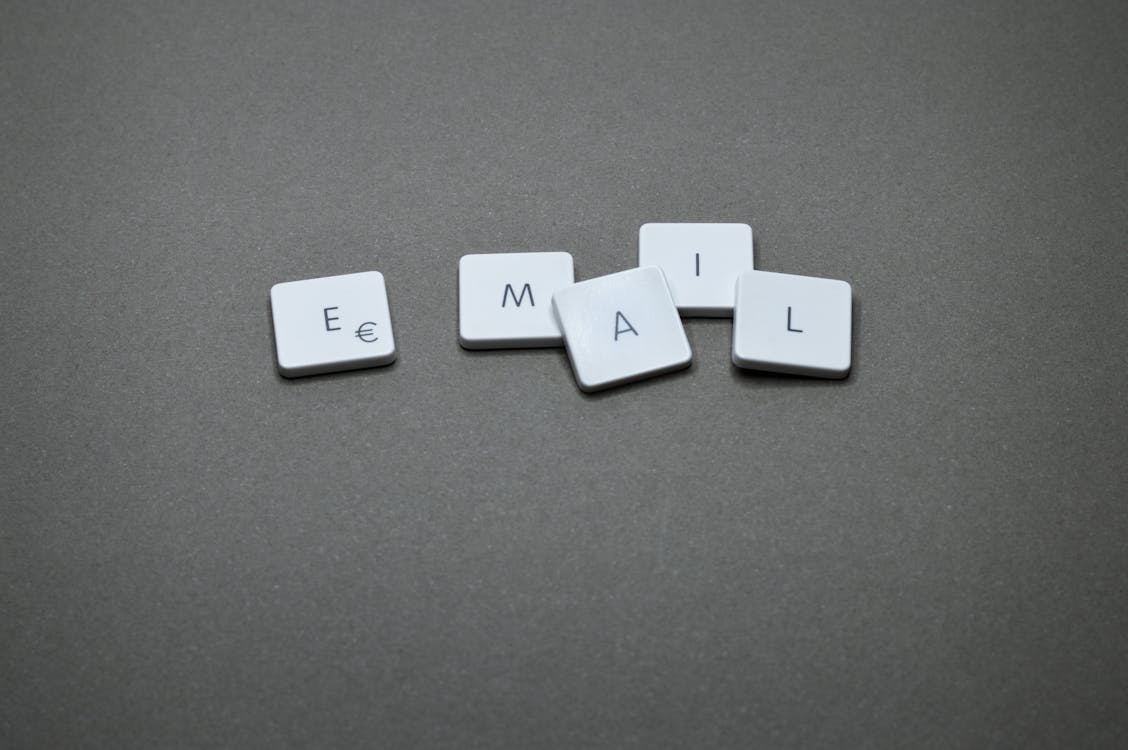You know the kind: flat email subject lines, generic copy, “personalization” that stops at inserting a first name. It doesn’t feel targeted. It doesn’t feel timely. And it definitely doesn’t feel like it was written for you.
That’s the baseline most inboxes are working with. And it’s why the few messages that do feel relevant—specific, timely, even helpful—stand out. Not because they’re flashy, but because they don’t waste your time.
This is where AI comes in. Not to flood the zone with more automation, but to help you send fewer, better emails. Emails that reflect timing, browsing behavior, and intent. Emails that leverage data-driven insights to create eye-catching subject lines that were written in context—not in a vacuum. The kind of personalized messaging that shows someone actually thought about who was receiving it.
Strategy First. Tech Second.
If you’re thinking of using AI to improve your email marketing, good. But don’t start with the tools. Start with the problem.
Relevance isn’t just nice to have—it’s the cost of attention. In Canada alone, over 167,000 email spam complaints were filed in a six-month period (source). The top complaint? Email sent without consent or care.
People don’t unsubscribe because you emailed them. They unsubscribe because what you sent felt pointless.
AI can help with that—but only if your strategy has a pulse. Otherwise, you’re just automating a broken process.
Can You Use AI for Email? Yes. But Use It Wisely.
Think of AI less like a writer and more like a second set of eyes—fast, tireless, and trained to notice patterns. It won’t know your customer’s backstory or your brand’s tone unless you teach it. But it can detect the subtle shifts in performance data, analyze open times, and suggest ways to improve email marketing engagement without burning through your list.
Say a subscriber clicks the same product three times, never converts, and ignores every weekend email. AI can flag that trend, connect it to similar purchase history, and help you optimize email campaigns by adapting your timing, offer, or tone.
It also helps you create stronger, more personalized content. One audience segment might respond to urgency; another might prefer in-depth specs. With enough customer feedback, AI can make those distinctions—not by guessing, but by learning.
Precision, Not Volume
Let’s take a step back from dashboards and dig into something tangible.
Say you run an outdoor gear brand. Someone browses waterproof jackets, reads a few reviews, compares options—but leaves. That same week, weather alerts predict rain in their region. Your AI email marketing software notes that this person usually checks emails at 6:45 a.m.—during their morning commute.
The follow-up email they get the next day isn’t part of a blast. It’s tailored. It includes the exact product they viewed, available in their size, bundled with high-rated accessories. The layout? Assembled with a drag and drop editor inside your CRM. The content? Based on real sales data, tested with predictive analytics, and optimized for email deliverability.
It lands in their inbox at exactly 6:43 a.m.—just before their first tap of the day.
That’s AI-powered email marketing in action. Not louder. Not more frequent. Just sharper, more relevant, and rooted in behavioral logic.
The Case Against Automation Without Intent
Let’s be blunt: marketing automation has a reputation problem—and in many cases, it’s earned.
When AI is plugged in without oversight, you get lifeless copy, vague offers, and brands that sound more like chatbots than people. Automation without direction doesn’t scale creativity. It scales sameness.
BlueHat doesn’t endorse autopilot marketing. We believe in augmented creativity—using AI to accelerate the parts of your process that slow you down, while preserving the tone, relevance, and consistent messaging that make your brand credible.
If your content is flat, AI won’t fix it. But if your messaging is dialed in and your team understands the rhythm of your audience, AI can help it land better, reach further, and evolve faster.
Choosing Tools That Think (and Let You Think, Too)
There’s no shortage of email marketing tools claiming to do everything. Most don’t.
Look for platforms that allow your marketing teams to stay in control. The best solutions integrate with your CRM, support automated email sequences, and offer robust analytics tools that show more than vanity metrics. They use machine learning to recommend subject lines, timing windows, and campaign performance improvements based on real engagement—not theoretical models.
And they help your team work faster. The right AI email marketing software lets you test quickly, adapt in real time, and build campaign management processes that scale with your goals.
Forget the flashy dashboards. The right tool helps your email marketers send better messages—not just more of them.
How to Automate Without Losing Your Brand
Just because you’re automating doesn’t mean your content needs to lose its edge.
Set rules. Define tone. Build a content creation library your AI tools can draw from. Let them write the rough version—but have your team refine the final one.
Use AI email campaigns to identify which content types, offers, and formats perform best. Let them experiment with variations. But don’t lose sight of the human behind the screen—and the human behind the keyboard.
That’s where the trust is built. And that’s what keeps people reading.
How BlueHat Can Help
We’re not a software vendor—we’re the partner who helps you figure out what strategy actually converts.
Our work spans every part of your funnel—from smarter email marketing campaigns to full-scale SEO and digital marketing strategies.
Whether you’re refining one email or rebuilding your outreach from the ground up, we help you send what’s worth sending.
Ready to rewire your strategy for smarter, sharper engagement? Contact us and let’s build something that actually earns attention.





